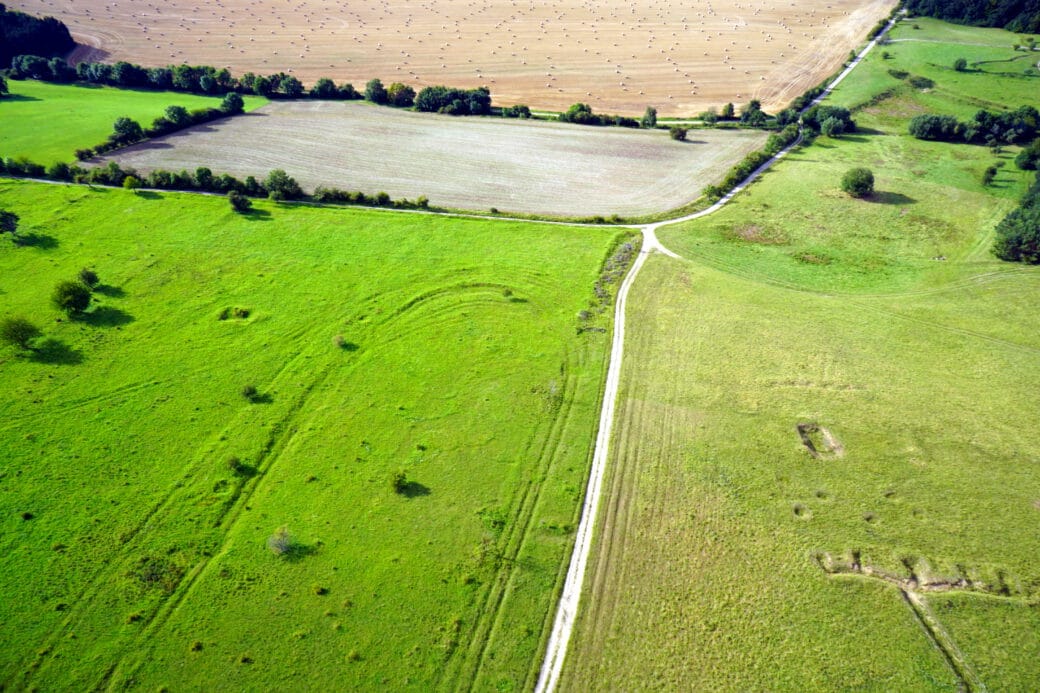pETchy: Watching biodiversity at work from above

To date, observation sites and experimental plots usually have been characterised with site-integrating measures of biodiversity to be compared with mean site properties, mean water and nutrient use efficiency, and the like. The often observed beneficial effects of biodiversity on the efficiency of the use of resources and on ecosystem stability has been ascribed to the fact that different species use different niches (in time and space) for water and nutrient uptake. Thus, it would be advisable to check whether higher biodiversity actually results in larger within-site spatial and temporal variability of functional patterns like water uptake. Here ‘temporal variability’ means changes of spatial patterns of water uptake and evapotranspiration in time, depending on hydrological boundary conditions that favour or discriminate against single species or functional groups.
The suggested project aims at determining and comparing mean evapotranspiration of the experimental plots as well as spatial patterns and spatial heterogeneity within the experimental plots, and to study the temporal stability of these patterns. To that end, two innovative techniques will be merged.
UAV-borne remote sensing using thermal and multispectral sensors allows for determining spatial patterns of actual evapotranspiration at very high spatial resolution with low effort. Recently published approaches for analysis of large sets of hydrological time series have been very successful in disentangling the interplay of different effects on the observed dynamics. Merging these two approaches enables to integrating both spatial and temporal aspects in order to better understand the effect of biodiversity on plant water use.
Public Datasets
Non-public datasets
The objectives of the project are:
1. Within-plot spatial heterogeneity of evapotranspiration will be determined using high-resolution UAV-borne remote sensing. We expect that higher spatial variability comes along with higher resilience to drought stress.
2. Effects of plant species diversity on spatial patterns of evapotranspiration will be distinguished from effects of small-scale heterogeneities of the soil with respect to nutrient availability, water holding capacity, and soil moisture. We expect mutual dependencies between plants and soil, but an additional effect of plant diversity on evapotranspiration that adds to that of the soil.
3. Multi-temporal UAV surveys will be used to check the observed spatial patterns of evapotranspiration for temporal stability. We expect that temporal (seasonal) stability of spatial patterns of evapotranspiration within single plots will decrease with increasing biodiversity.









